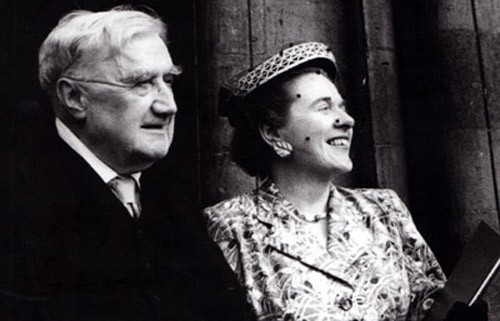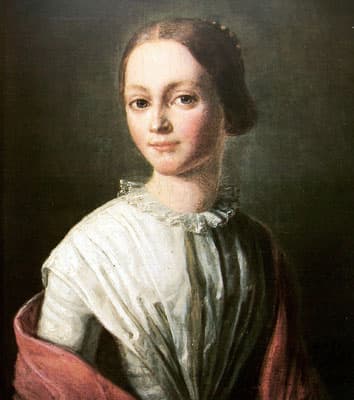Composer Augusta Holmès is a fascinating figure in classical music history. She was a musically gifted child who was initially denied a traditional music education solely because of her gender.
However, despite the obstacles, she persevered, ultimately becoming one of France’s most famous composers, who wrote music on a massive scale.
Today, we’re looking at the remarkable life and music of Augusta Holmès.
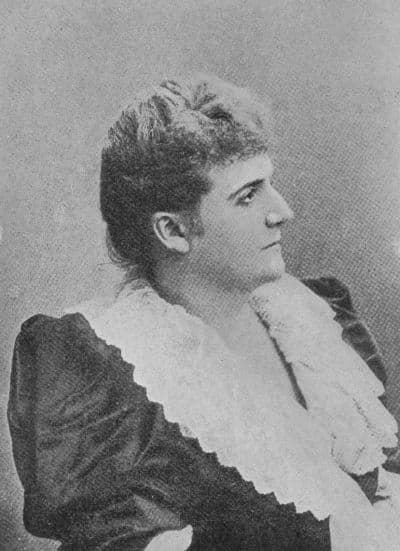
Augusta Holmès
Her Childhood and Musical Training
Augusta Mary Anne Holmes was born in Paris in December 1847.
From the beginning, scandalous rumours surrounded her parentage. Her parents were both Irish, but her mother had an affair with poet Alfred de Vigny, a famous French poet, around the time of her conception. In any case, de Vigny was her godfather, even if he was not her biological father.
Over the course of her life, she leaned both into the Irish and French aspects of her identity. Her father’s last name was Holmes, but she added an accent to the è to make it more French.
As a child, she showed profound musical talent. Unfortunately, her mother disapproved of her studying music, and even if she hadn’t, girls were not taught composition at the Conservatoire.
But in 1858, the year she turned eleven, her mother died. Her father then allowed her to start studying with private teachers.
Her Musical Influences
When she heard Wagner’s music for the first time as a young woman, he immediately became one of her biggest musical idols. She would work to promote his music in Paris throughout her life.
Like Franz Liszt and other nineteenth-century composers interested in nationalism, she was fascinated by politics and concerned about the plight of oppressed people.
Those political interests found their way into her creative output, including her symphonic poems Irlande (Ireland) and Pologne (Poland).
Augusta Holmès: Irlande
Augusta Holmès: Pologne
Reaching Artistic Maturity and Financial Independence
Early in her career, she published music under the pseudonym Hermann Zenta, because it was easier to be published and to sell music as a man than as a woman.
But in 1869, the year she turned 22, her wealthy father died, granting her financial freedom and the ability to pursue writing music without having to work another job for income.
Her Scandalous Love Life
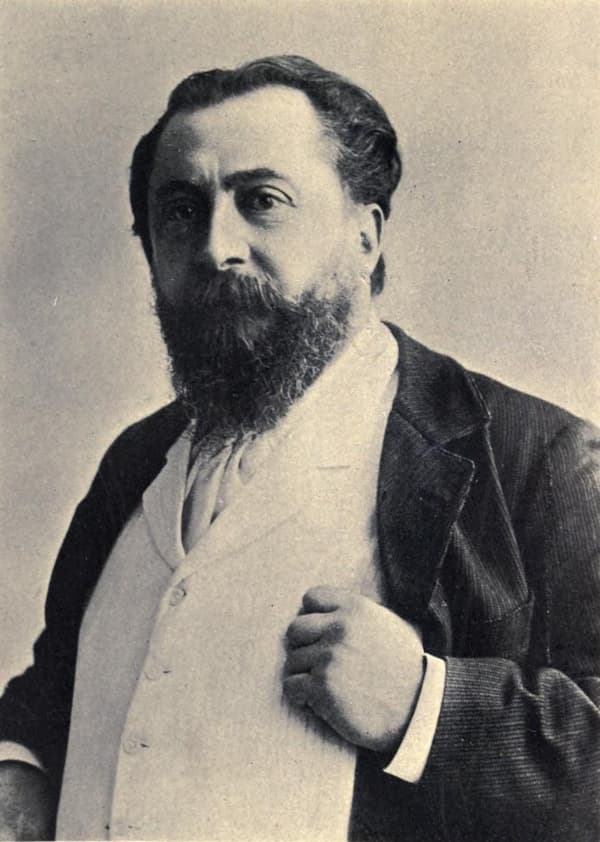
Catulle Mendès
That same year, she also moved in with the married poet Catulle Mendès. (Interestingly, his wife Judith Gautier later ended up having an affair with Holmès’s idol Wagner.) Holmès and Mendès ultimately had five children together.
Auguste Renoir painted a famous portrait of three Mendès daughters: one is at the keyboard, another is holding a violin, and the youngest is standing by the piano, admiring her sisters.
The relationship between Mendès and Holmès ended in 1886.
In the mid-1870s, when she was around thirty and in the middle of having her kids, she began taking lessons from French master César Franck. Motherhood was never going to stop her from studying music!
Apparently Franck developed feelings for Holmès. Many believe that his Piano Quintet was written with her in mind. In any case, the sensuous character of the quintet angered Franck’s wife.
César Franck: Piano Quintet in F minor
Despite his tendency toward homosexuality, legend has it that Camille Saint-Saëns proposed marriage to her. Wisely, she turned him down.
Writing Big Orchestral Works
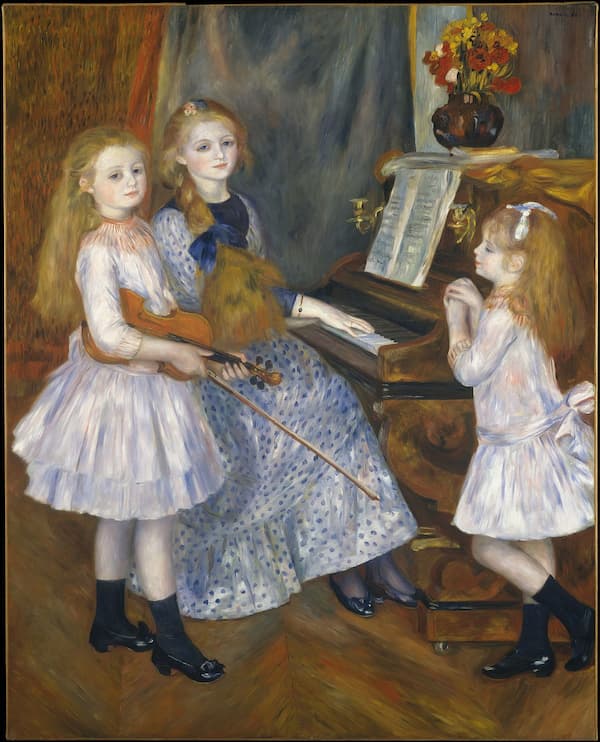
Pierre-Auguste Renoir: The Daughters of Catulle Mendès
In 1889, a hugely influential world fair occurred in Paris called the Exposition Universelle. It coincided with the hundredth anniversary of the beginning of the French Revolution.
Holmès was commissioned to write a piece for the occasion. She fulfilled that commission by writing her Ode triomphale, which required gargantuan forces, including around three hundred musicians and nine hundred vocalists.
Since it was difficult for so many women composers of the era to gain access to the manpower and capital necessary to mount performances of large-scale works like operas, many chose to stick to smaller genres. But – especially later in her career – Holmès bucked that trend, preferring to write for large ensembles.
Augusta Holmès: Andromède, symphonic poem
She wrote four operas, including the music and libretto for one called La Montagne noire (The Black Mountain). She wrote it in 1885, but it was only staged ten years later. It was one of the few operas written by a woman to be staged at the Paris Opera during the nineteenth century. Unfortunately, it received mixed to poor reviews; critics seemed to favour her dynamic symphonic poems instead.
Conclusion
Augusta Holmès died in January 1903, leaving behind a large catalogue of over a hundred songs, three operas, eleven cantatas, six orchestral works, and more.
She once famously said, “I must show the males what I’m made of!”, and over the course of her career, that’s exactly what she did.
For more of the best in classical music, sign up for our E-Newsletter

